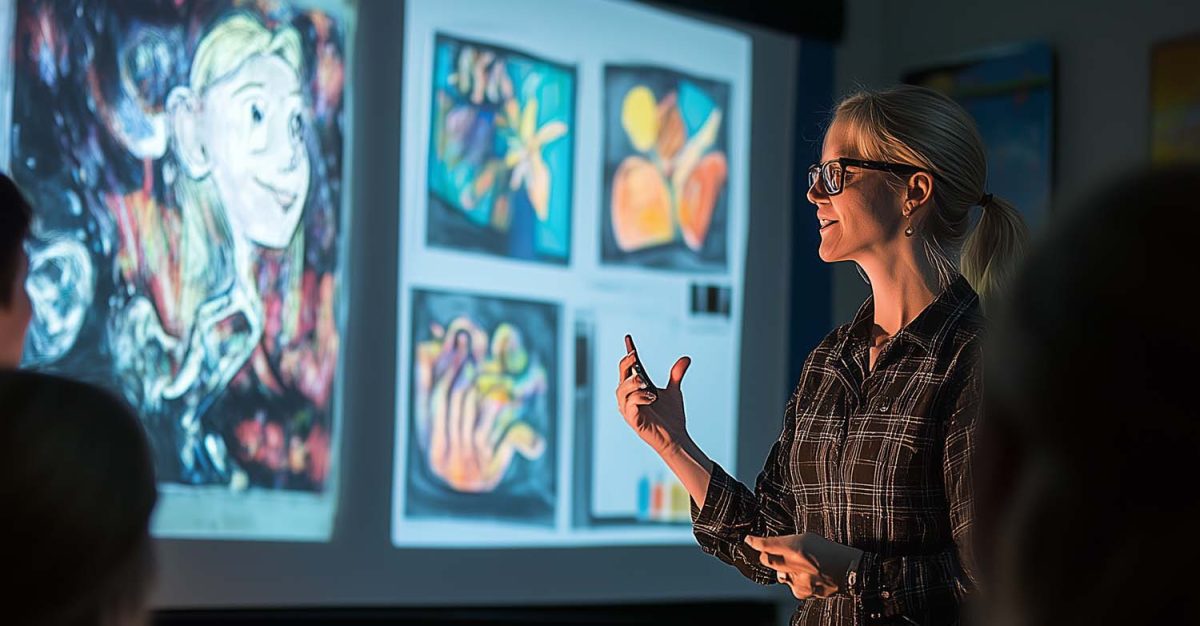“Animation is not the art of drawings that move but the art of movements that are drawn.” This quote perfectly encapsulates the magic that happens when creative minds embrace collaboration in animation. Like many creative fields and endeavors, animation in games and in film or TV thrives from good collaboration and communication with all those involved.
In both video games and media animation, collaboration is the cornerstone of success. It transforms individual ideas into stunning visual experiences, making animation a truly interdisciplinary art form. What this means, ultimately, is any animators, artists, or designers out there should consider communication and effective collaboration as keystone elements of their animation services and art services toolbelt!
Why is Collaboration Important in Animation?
Animation projects, in their entirety, actually require a blend of skills from artists, writers, sound designers, and programmers. Each discipline contributes to creating immersive worlds and compelling narratives, essential for both film and 3D game animation.
Collaboration fosters innovation and creativity. By bringing diverse perspectives together, teams can devise creative solutions that might not emerge in isolation, enhancing the quality of animation services offered.
From the models used in the animation to the selling of each beat through effective sound design or motion control, it can’t be overstated that solid, progressive collaboration leads to a better final result.
Key Areas of Collaboration in Animation
Storyboarding and Concept Development
Writers and artists collaborate to visualize the narrative. This phase is crucial in setting the tone and direction for the entire animation project. This is where we set up the major elements of the shot or animation. Where each beat will land, how that will leave the scene and the character or model, how does that impact the scene and lead into the next beat? All of these are important and storyboarding with a peer or colleague can make all the difference.
Character Design and Modeling
Concept artists and 3D modelers work closely to bring characters to life. Throughout this process, the animator should be consulted. Things might look great in 2D and 3D, but the transition might leave a tricky animation hole or make for an impossible movement without breaking the model itself. Their synergy ensures that each character is both visually appealing and technically feasible for animation.
Animation and Rigging
Animators and riggers collaborate to ensure characters are rigged up correctly and that the final product will be smooth and seamless. This partnership is vital in game animation, where fluid and realistic movements are necessary. A jitter or flaw might not be immediately noticeable in some animations but a janky walk or attack cycle will no doubt be spotted! Riggers and animators working hand-in-hand can help to spot those issues before they get to QA.
Sound and Music
Animators and sound designers create a cohesive audio-visual experience. Sound adds depth to animations, making scenes more immersive and engaging. While not often directly noticed, sound design and any accompanying music will change how an animation feels or how a scene evokes emotion to players. Watch a horror scene with the Benny Hill soundtrack and tell us if you think it’s still scary!
Tools and Platforms Facilitating Collaboration
Here are a few tools, platforms, and animation software to consider collaborative efforts in animation.
Software Solutions: Tools like Slack, Zoom, and Trello facilitate communication and project management, ensuring teams stay connected and organized.
Animation Software: Blender, Maya, and Toon Boom Harmony offer collaboration features that allow multiple artists to work on the same project simultaneously, enhancing the efficiency of animation services.
Cloud-Based Platforms: Cloud technology enables remote collaboration, allowing teams to work together seamlessly, regardless of location. This is particularly beneficial for global animation projects.

